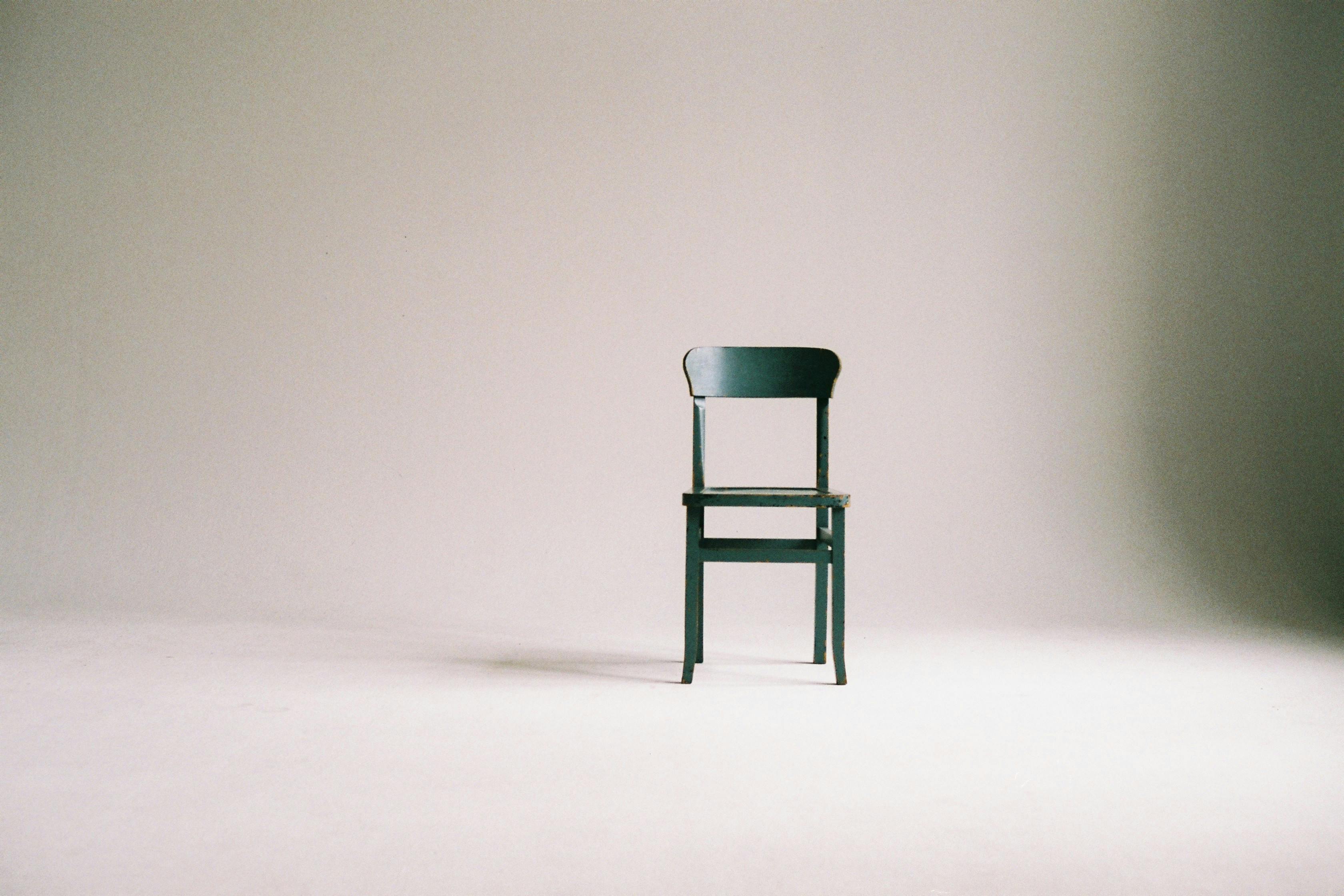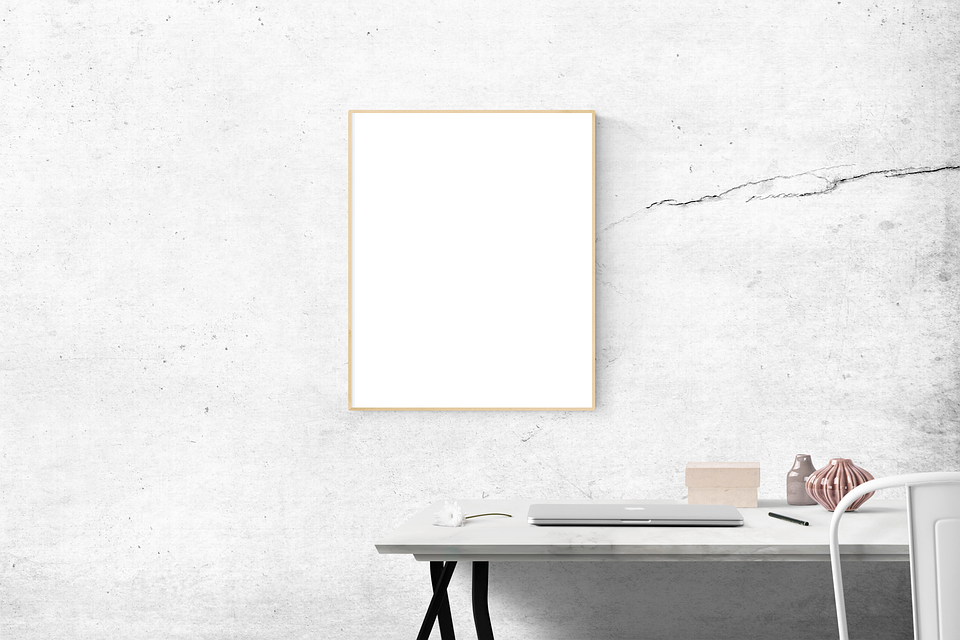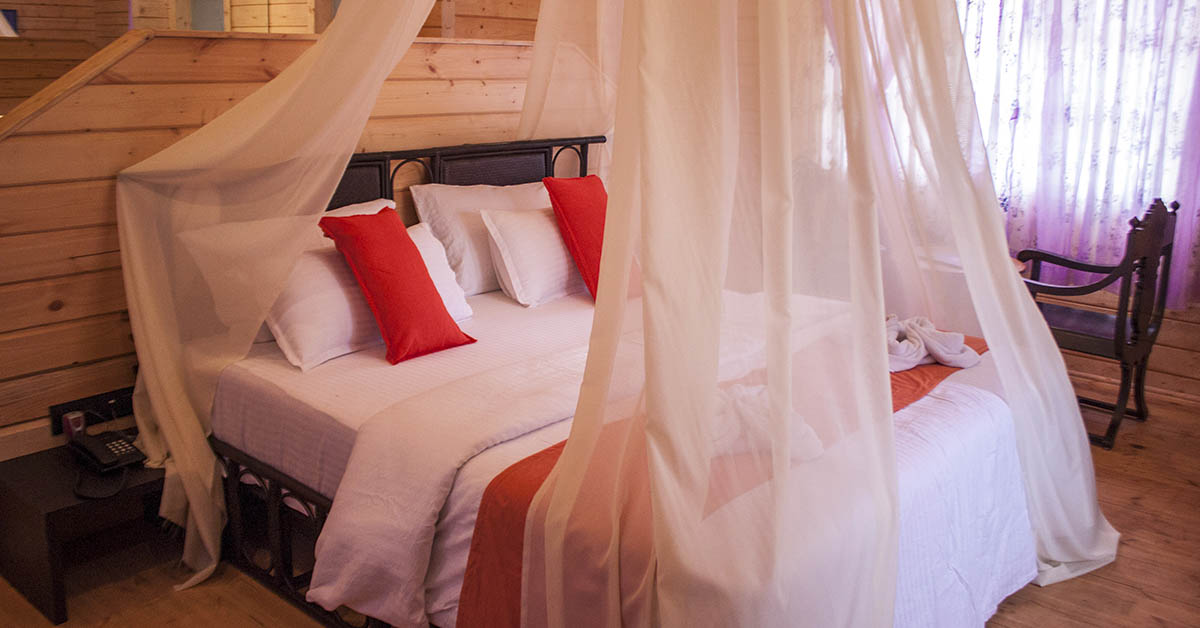Have you ever walked into a home that just felt cold, distant, or simply off? Perhaps you have experienced this in your own space without understanding why. An uninviting home can leave guests feeling unwelcome and even impact your own comfort and mood. Fortunately, there are practical reasons why a home may feel this way, and most of them can be addressed with simple changes. If your living space gives off a cold or unfriendly vibe, consider whether one or more of these nine common issues might be the cause.
1. Clutter and Disorganization

One of the top reasons a home can feel uninviting is due to clutter. When surfaces are piled with random items, floors are blocked by bags or laundry, and countertops are overwhelmed with unneeded objects, the space becomes visually stressful. Clutter makes rooms appear smaller and more chaotic, which can overwhelm both guests and homeowners. Psychology has linked clutter to higher levels of stress and anxiety. It disrupts the flow of a room, makes cleaning more difficult, and can create a sense of mental disarray. A tidy space, on the other hand, promotes relaxation and signals to visitors that they are welcome. To fix this, start with a deep decluttering session. Focus on one area at a time and remove what is not essential or meaningful. Establish storage solutions such as baskets, shelves, or drawer organizers to help maintain order.
2. Poor Lighting

Lighting has a significant impact on the feel of a room. A home that relies solely on harsh overhead lights or has too few light sources will often feel gloomy and sterile. An uninviting home often lacks layers of lighting such as task lighting, ambient lighting, and accent lighting, which all contribute to a welcoming atmosphere. Warm-toned bulbs, table lamps, wall sconces, and candles can add depth and warmth to any space. Additionally, natural light plays a vital role in making interiors feel more alive. Keep windows clean and use light curtains to maximize sunlight during the day.
3. Lack of Personal Touches

A space devoid of personal touches can feel generic and cold. Your home should reflect your personality, interests, and memories. When artwork, photos, and meaningful objects are missing, visitors can sense that the space lacks life. A personal touch does not mean cluttering every surface with sentimental items. Instead, thoughtfully place framed photographs, travel souvenirs, or favorite books in a few key spots. These details provide a sense of identity and help make your home feel more human and connected.
4. Uncomfortable Furniture

No matter how stylish your decor may be, if your furniture is uncomfortable, your home will not feel welcoming. An uninviting home often features stiff, worn-out, or poorly arranged furniture that discourages relaxation and conversation. Comfort should be a top priority in every room. Invest in supportive seating with plush cushions, cozy throws, and ample pillows. Ensure that furniture arrangements promote easy movement and natural conversation. Avoid pushing all furniture against walls, which can make rooms feel sparse and disconnected.
5. Unpleasant Odors

Smell is one of the most powerful senses when it comes to forming impressions. Even the most beautifully decorated home can feel uninviting if unpleasant odors linger. Common culprits include cooking smells, pet odors, mildew, or mustiness. To combat this, focus on maintaining a clean environment. Open windows regularly to ventilate, use air purifiers if necessary, and clean fabrics like curtains and upholstery often. Natural scents from essential oil diffusers, fresh flowers, or scented candles can enhance your home’s appeal. However, avoid overusing artificial fragrances that can be overwhelming or trigger allergies.
6. Bare Walls and Floors

Minimalism can be beautiful, but if taken too far, it may create a sense of emptiness. A home with bare walls and floors can feel cold and uninviting. Without visual interest, texture, or warmth, rooms may resemble a waiting room rather than a cozy sanctuary. Artwork, mirrors, and wall hangings add character and warmth. Area rugs help define spaces, add color, and soften hard flooring. Even in a minimalist setting, these elements provide balance and make the space feel more lived in.
7. Poor Entryway Design

The entryway is your home’s first impression. A cluttered, dark, or empty entry can set a negative tone for the entire visit. According to Redesign Daily, a well-designed entry should signal welcome and set the style for the rest of the home. To make your entryway more inviting, start with good lighting and practical furniture like a bench or console table. Add decorative hooks for coats and bags, a mirror for brightness, and a small rug to define the space. A few decorative touches such as a plant or artwork can go a long way in creating a warm introduction to your home.
8. Inconsistent Design Choices

When a home lacks a cohesive design style, it can feel disjointed and uncomfortable. An uninviting home might have clashing colors, mismatched furniture, or decor that does not reflect a clear theme. This visual confusion can make guests feel unsettled, even if they cannot articulate why. Aim for harmony in color schemes, textures, and furniture styles. While everything does not need to match perfectly, there should be a sense of continuity throughout the space. Start with a color palette that suits your taste, then choose complementary decor pieces that support that vision.
9. Lack of Greenery

Nature has a calming and energizing effect. Homes without any plants or natural elements often feel lifeless. Houseplants, flowers, or even small indoor trees bring vitality and freshness into a space. They also improve air quality and soften hard lines in the decor. You do not need to be a gardening expert to enjoy plants indoors. Low-maintenance options like snake plants, pothos, or succulents can thrive with minimal care. Even faux plants can add a touch of greenery when used thoughtfully.
Read More: 9 Things To Declutter This Summer
Making Your Home Feel Inviting Again

If your home feels unwelcoming, it is worth taking the time to identify the root causes. Many elements that lead to an uninviting home can be corrected with minor changes. Start by removing clutter, enhancing lighting, and introducing more personal and cozy elements into your rooms. Think about how your space looks, smells, and functions from the perspective of a first-time visitor. A warm and inviting home is not about luxury or trendiness, but about comfort, intention, and care. By focusing on a few key areas, you can transform even the most distant-feeling environment into a place where people feel relaxed and valued.
Read More: 25 Stunning Blue Interiors to Inspire Tranquility and Calm
Final Thoughts

Your home should be your haven, a place where you and your guests feel comfortable and welcomed. If it feels more like a showroom or storage unit than a refuge, chances are one or more of the issues discussed here are contributing to an uninviting home. Fortunately, creating a more welcoming environment does not require a complete overhaul. Simple, thoughtful adjustments can have a major impact on how your space looks and feels. Whether you are welcoming friends or simply want to feel more at ease in your own surroundings, addressing these common factors can help you create a home that reflects warmth, personality, and comfort.
Disclaimer: This article was created with AI assistance and edited by a human for accuracy and clarity.

